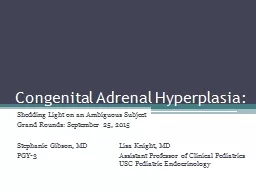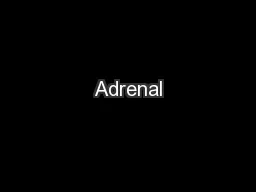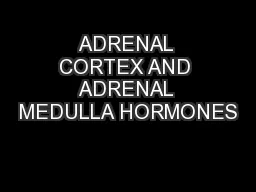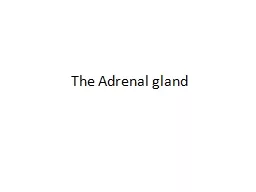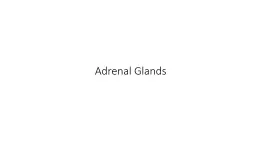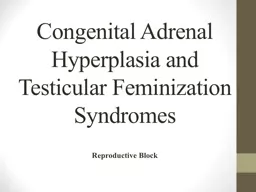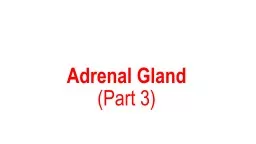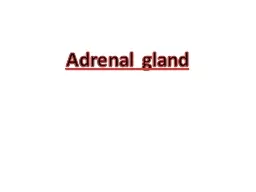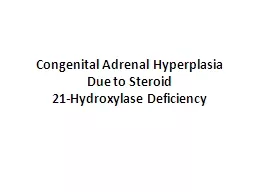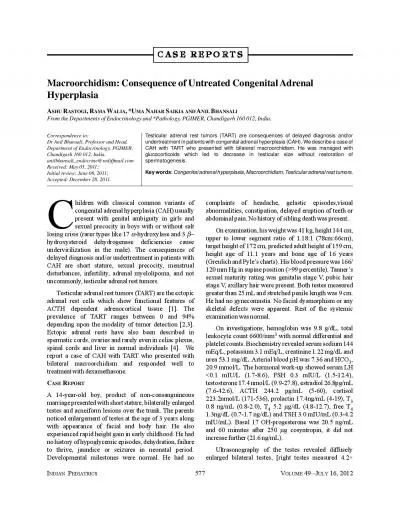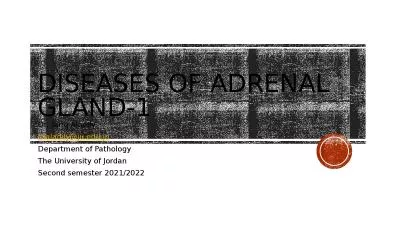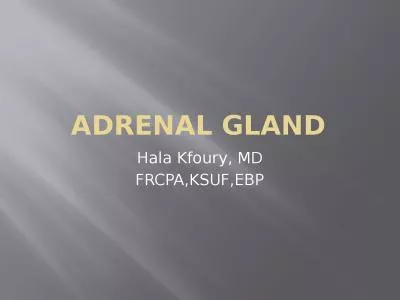PPT-Congenital Adrenal Hyperplasia:
Author : faustina-dinatale | Published Date : 2016-03-07
Shedding Light on an Ambiguous Subject Grand Rounds September 25 2015 Stephanie Gibson MD Lisa Knight MD PGY3 Assistant Professor of Clinical Pediatrics USC Pediatric
Presentation Embed Code
Download Presentation
Download Presentation The PPT/PDF document "Congenital Adrenal Hyperplasia:" is the property of its rightful owner. Permission is granted to download and print the materials on this website for personal, non-commercial use only, and to display it on your personal computer provided you do not modify the materials and that you retain all copyright notices contained in the materials. By downloading content from our website, you accept the terms of this agreement.
Congenital Adrenal Hyperplasia:: Transcript
Download Rules Of Document
"Congenital Adrenal Hyperplasia:"The content belongs to its owner. You may download and print it for personal use, without modification, and keep all copyright notices. By downloading, you agree to these terms.
Related Documents

